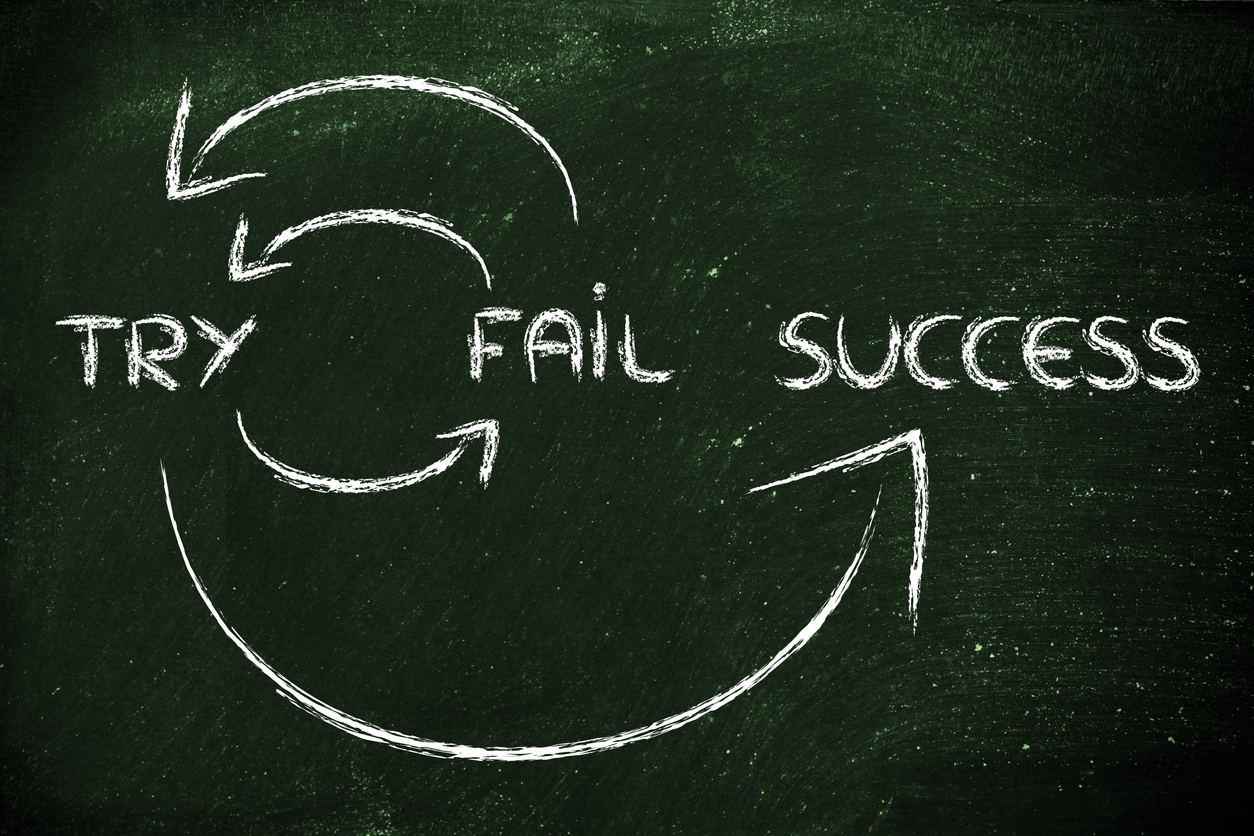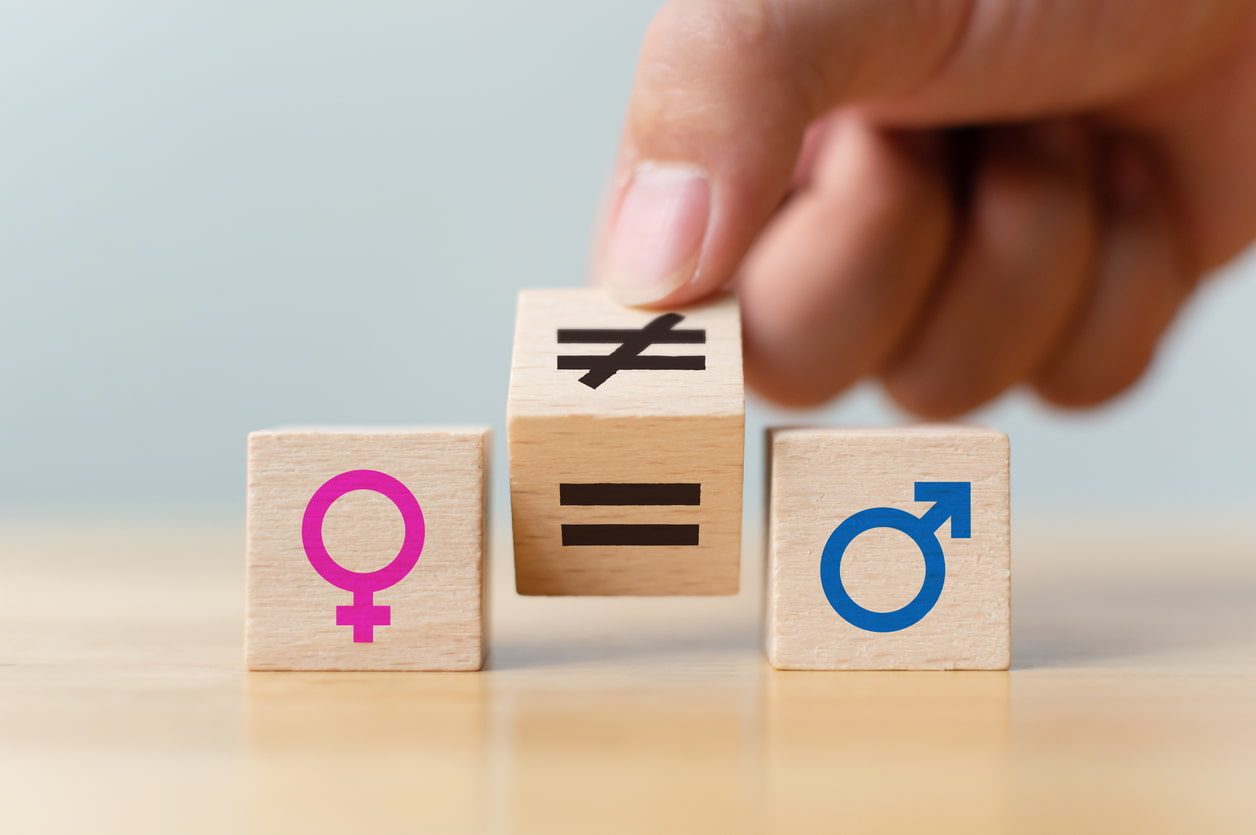Gender equality and equity: what's the difference?
How do you envisage the year 2150 for women? Do you think that gender equality and equity policies will no longer be required because there won't be any inequality between men and women? According to a forecast by the World Economic Forum, by then, the current gender gap will be set to disappear, since, according to their forecasts, it will take society at least 135.6 years to eliminate gender inequalities around the world.
Although this may seem like a long time, the fact is that gender equality and equity still have a long way to go. To this day, only 14 of the Fortune 500 companies are led by a woman and, in the research field, less than 30% of professionals worldwide are women. Moreover, at present there are 27 countries where married women are legally obliged to obey their husbands.
But do you know what each term means? Although you might think they are synonyms, there are important differences between each one. Below, we outline what gender equality and equity really mean.
What is gender equality?
Equality is a fundamental right under which everyone has the same rights, responsibilities and opportunities. Specifically, as stated in the Universal Declaration of Human Rights: “Everyone is entitled to all the rights and freedoms set forth in this Declaration, without distinction of any kind, such as race, colour, sex, language, religion, political or other opinion, national or social origin, property, birth or other status.”
Therefore, gender equality means that there can be no difference in how men and women are treated, a goal that remains far from being reality. For example, in 88 out of 180 countries, legislation bars women from working in certain jobs or enjoying the same conditions as men, according to the Social Institutions and Gender Index report by the Organisation for Economic Co-operation and Development (OECD).
Likewise, in countries that do have legally enshrined equality, there are still invisible barriers rooted in cultural or ideological tradition that prevent true equality. In fact, only 39% of workers around the globe are women despite women making up half of the global population, while only 28% of managers are female.
What does equity mean?
This is where the concept of equity as a tool to achieve effective equality comes into play. Unlike equality, equity is not about treating people in the same way, but about taking personal circumstances into account and determining specific actions to rectify any disadvantages so that everyone can start on a level playing field.
For example, if a couple and their 3-year-old go to eat at a restaurant, for there to be equality, all three should sit on a seat to enjoy their meal, even if the child can't reach the plate. However, equity would mean giving the child a special booster seat or cushion to bring their height up to their parents. In other words, in this way, the owner of the eatery guarantees that all of their clients have access to the same service, taking their individual needs into account.
As regards equity, women also find themselves at a disadvantage due to certain societal and cultural norms created over centuries. This explains why, usually, it's women who give up their job to take care of the children, taking on greater family responsibility and household chores to the detriment of their career, why they feel more insecure than men when applying for a promotion, or why they prefer to study careers that have traditionally been associated with the female gender, such as Education or Nursing, instead of opting to study science.
Equity policies aim to eliminate these differences by treating men and women differently, making it possible to balance the scales and promote substantive equality.

What differences are there between gender equality and equity?
As you can see, gender equality and equity are not the same thing. Keep reading to find out what the main differences are:
Regulatory enforcement vs. ethics
Equality is a universal right and, as such, is normative and binding. In fact, United Nations (UN) member states have the obligation to eliminate discrimination against women in the public and private spheres and ensure equality through the implementation of judicial, legislative, administrative or any other type of measures.
Meanwhile, equity involves an ethical component. This means any measures adopted under this principle stem from a specific concept of what is 'just' or 'unjust' in each society and at any given moment.
Objectivity vs. subjectivity
Equality is an objective concept that translates into absolute uniformity. For example, if you have to give 10 euros to 2 people, the egalitarian thing to do is share it equally: five euros each. The implementation of gender equality can actually be measured. In fact, the European Gender Equality Index assesses gender equality in the European Union, with Sweden ranking at the top of the most egalitarian countries.
Meanwhile, equity is subjective. Following the previous example, you might give three euros to one person and seven to the other, because you believe that the second, who is unemployed, needs more support. However, the first person might argue that their employment situation is due to their hard work and see it as an unfair decision.
Goals vs. tools
Lastly, another difference between gender equality and equity is that, while the latter concept is a goal by its own nature, in other words, the ideal situation to be attained, equity is the tool or process to facilitate said attainment of equality. This means that the ideal scenario would be achieving real equality between people, making it unnecessary to adopt equity measures to reduce inequality.

Positive discrimination as an equitable remedy to achieve equality
If equity is the process, positive discrimination would be the steps needed to get there. Given that, as highlighted by the UN Convention on the Elimination of Discrimination against Women (CEDAW), “a purely formal legal or programmatic approach is not sufficient to achieve women's de facto equality with men,” governments, institutions and organisations must roll out concrete measures involving the favourable treatment of women to reduce gender discrimination.
This is the case of so-called quotas, which have been introduced in many countries, and which set a minimum percentage of female representation in public office to bolster women's access to government bodies. It should be remembered that only 22 countries have female heads of States and 119 countries have never been led by a woman, according to UN Women.
Another example would be the obligation imposed on Spanish companies since 14 April 2021 to have a remuneration register, in which staff salaries must be listed in a detailed way and differentiated by gender. The aim? To combat the wage gap between men and women, which is currently at 15.7% in Europe, according to data from Eurostat, the European Union's Statistics Office. We can also find positive discrimination in the perks given to companies that employ women, programmes to promote STEM among girls, and the longer sentences handed down for murders categorised as gender-based violence.
Of course, positive discrimination is not exclusive to gender equality and equity, it can be found in many situations where a certain collective or social group is at a disadvantage. Thus, we find it in the quotas set in any public job offerings for disabled persons, discounts on cultural activities for retirees, or grants for young people with modest means.
With the aim of boosting, empowering and promoting female talent in order to achieve effective equality, Banco Santander is launching Santander Open Academy, the training space you need to keep growing.
Join our global platform for learning and professional development and access courses at zero cost, training content in a wide range of formats and scholarships from leading universities and institutions.
If, like us, you believe that we should never stop learning, sign up here and find out what we have for you!
More interesting posts to read...
-
 12/04/2024 | Santander Universidades
12/04/2024 | Santander UniversidadesGrowth mindset: examples in the workplace to develop the right attitude toward challenges
Card text -
 01/03/2024 | Santander Universidades
01/03/2024 | Santander UniversidadesThe sandwich technique: how to deliver criticism in an assertive way
Card text


